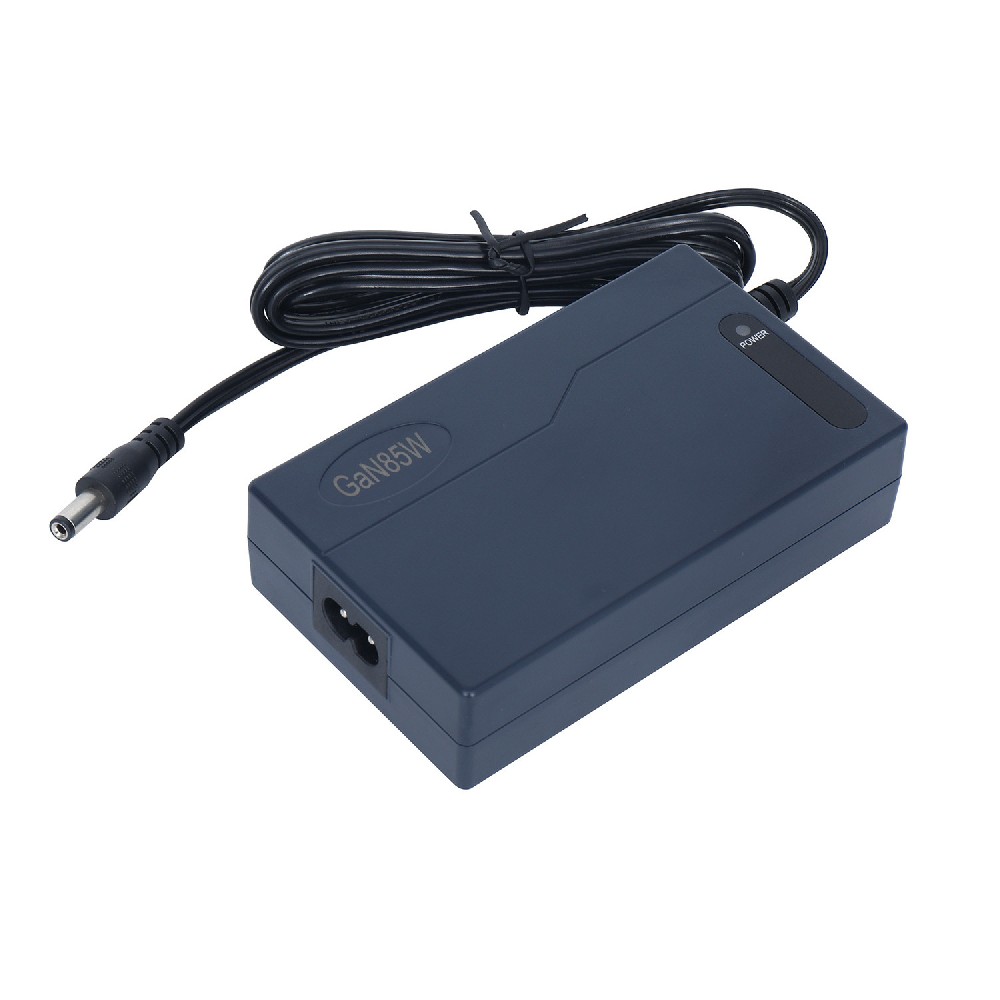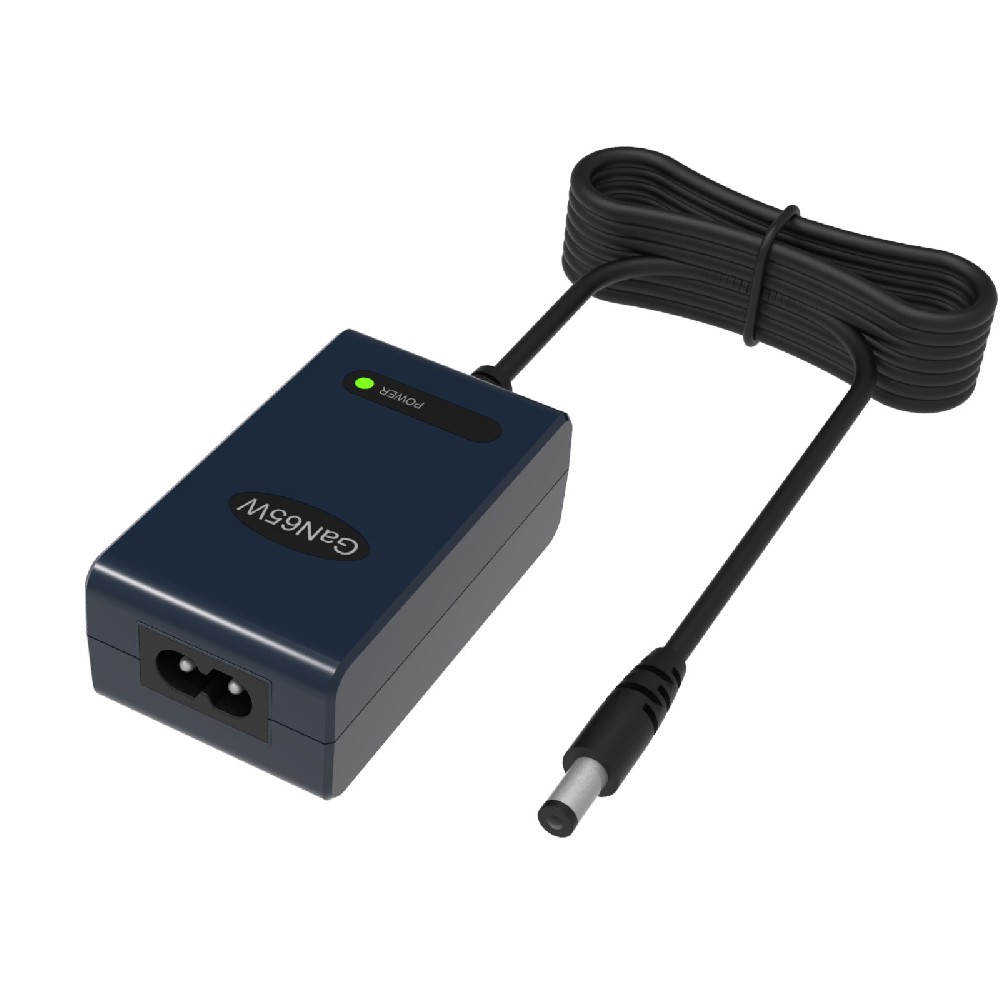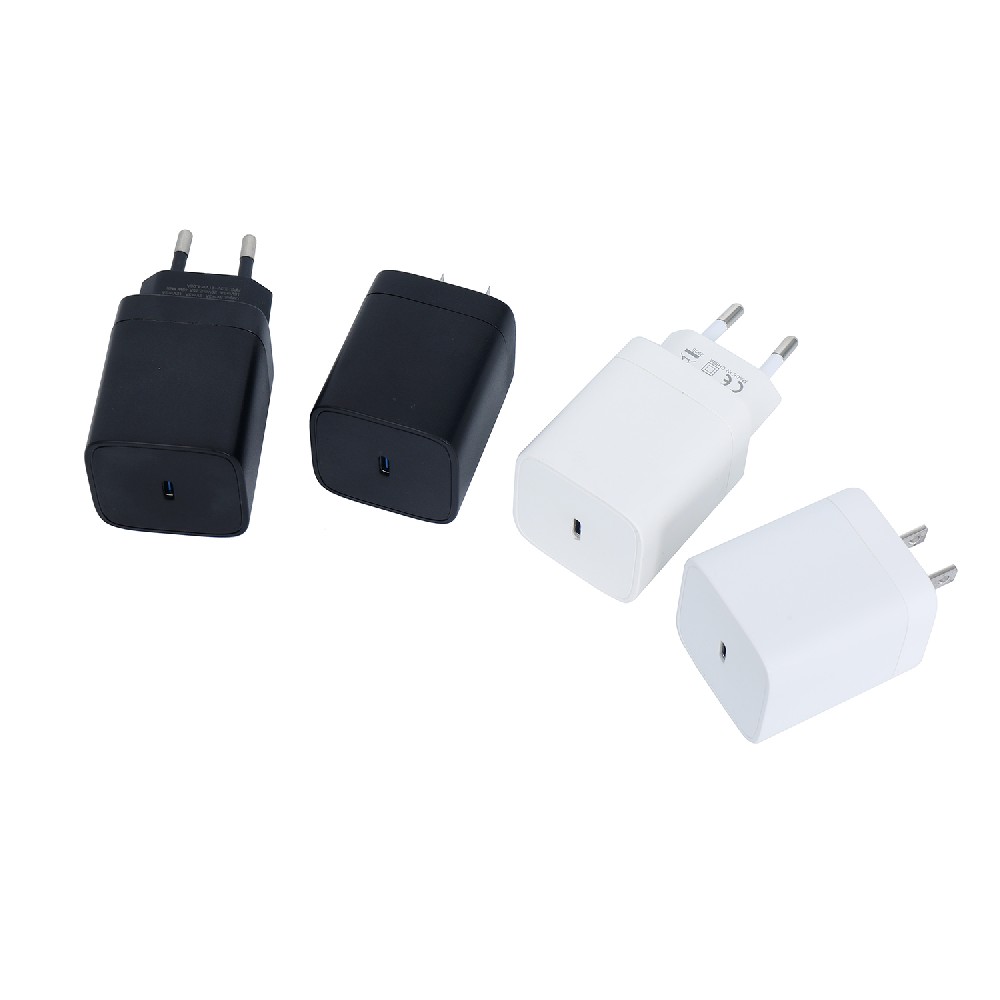Information Center
Designing a Safe and Efficient Battery Charger Circuit: Considerations and Components
Published:2023-06-20 10:35:34 Author:Green WCND Views:27A battery charger circuit is an electronic circuit that is used to recharge batteries, either rechargeable or non-rechargeable. A battery charger circuit helps to prevent overcharging of batteries, which can damage the batteries or even cause them to explode.

There are two main types of battery charger circuits: linear and switched. A linear battery charger circuit is the most simple circuit design and is similar to a DC power supply. A switched battery charger circuit is a more complex design that is capable of charging batteries quickly and efficiently.

The basic components of a battery charger circuit include a transformer, a rectifier, a filter capacitor, and a voltage regulator. The transformer steps down the AC voltage from the power outlet to a lower voltage that is suitable for charging the battery. The rectifier converts the AC voltage to DC voltage, which is then filtered by the capacitor to remove any unwanted noise or fluctuations.
The voltage regulator ensures that the battery is charged to the correct voltage by controlling the amount of current flowing to the battery. This is important to prevent overcharging and damaging the battery.
One important consideration when designing a battery charger circuit is the type of battery being charged. Different types of batteries require different charging methods, which can affect the circuit design and the charging time.
For example, a lead-acid battery requires a slow charging method, which involves charging the battery at a low constant current over a long period of time. In contrast, a lithium-ion battery requires a fast charging method, which involves charging the battery at a high constant current for a shorter period of time.
Another important consideration is the safety of the battery charger circuit. A poorly designed circuit can cause overheating, short circuits, and even fires. Therefore, it is important to design a circuit that incorporates safety features such as overcurrent protection, thermal protection, and short-circuit protection.
In conclusion, a battery charger circuit is an essential component in the charging of batteries. It is important to design a circuit that is suitable for the type of battery being charged and includes safety features to prevent damage or accidents. A well-designed battery charger circuit ensures that batteries are charged efficiently and safely.
Battery testers of different voltages exhibit significant differences in several aspects, and a 12V battery tester is primarily used for testing a range of spec···
Battery Testers (battery capacity testers/battery detectors) indeed come in various types tailored for different products. These different types of battery test···
The advantages and disadvantages of battery testers are as follows:AdvantagesFlexibility:Battery testers can accommodate various testing modes, making them adap···
Understanding the testing accuracy of golf cart battery testers is crucial for ensuring the precision of test results. Here are some methods to assess the testi···





